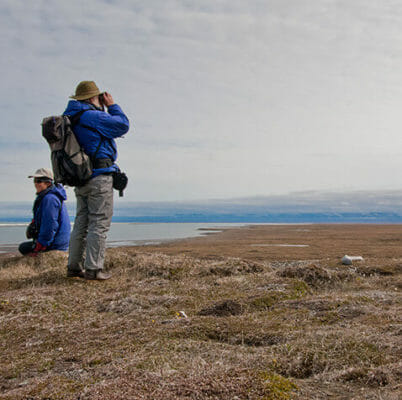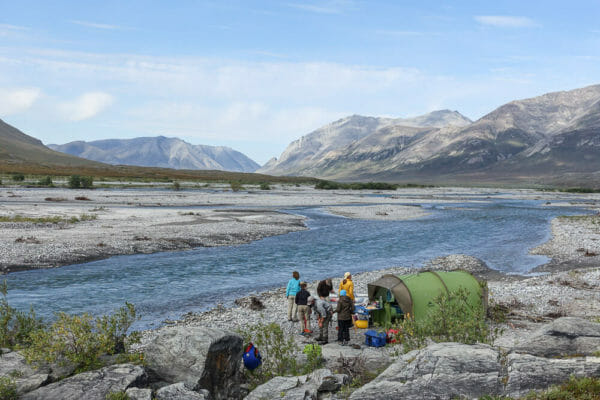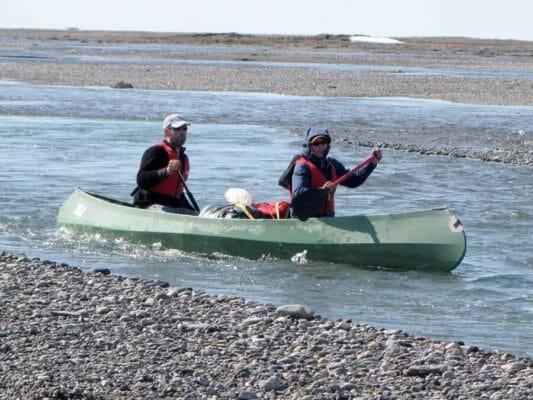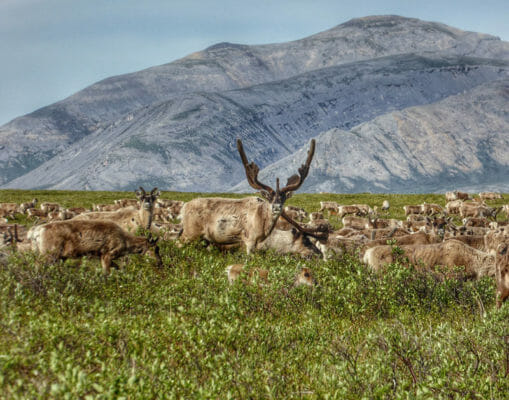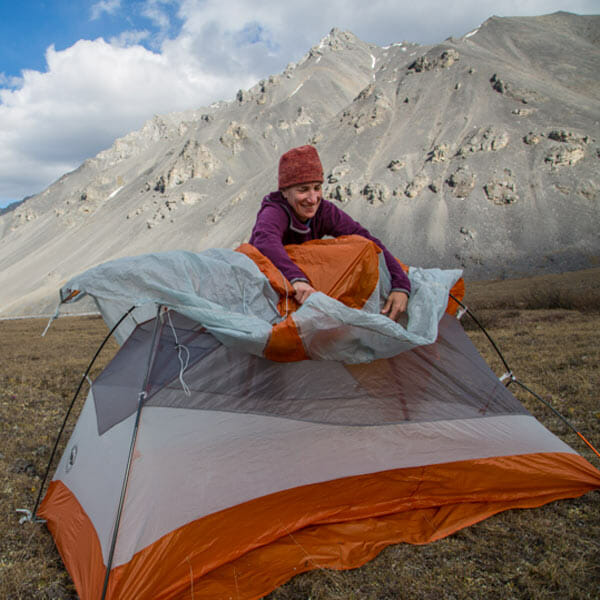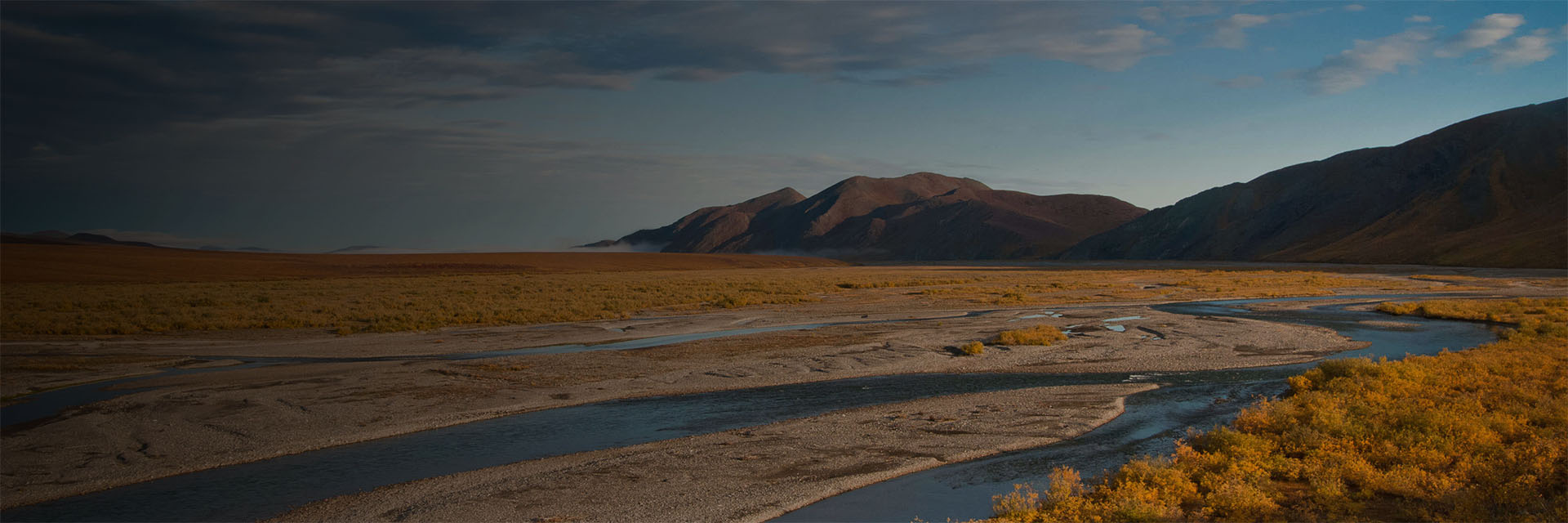Last updated: August 6, 2020
Itinerary
What follows is a general flow of events. Expect the unexpected and prepare to be flexible.
June 19
Meet your guides for a pre-trip meeting at 4pm in Fairbanks at Arctic Wild headquarters. We’ll orient you to the trip logistics, help you check through your gear, and take time to answer everyone’s questions.
June 20
We’ll leave Fairbanks early and in stages make our way north crossing the Yukon River and the Brooks Range enroute. Eventually the capable bush pilots will land us at our put-in on the Canning. Once the entire group has arrived, we can set up camp and explore the nearly limitless wilderness.
June 21 - 28
On paddling days we will spend about five hours on the water, stopping for short walks and a delicious lunch en route. There will be two or three “layover days” where we will keep camp set up and will explore the area on foot. Guides will lead informal natural history hikes on moving days and on the layover days. The hiking is good the entire length of the river and wildlife can be found at any time. Early in the trip the scenery is fairly mountainous. As we descend the river the sky opens and the lands flattens. The coastal plain and especially the river delta is rich in bird life, some of the best in Arctic Alaska. The diversity of wildlife and landscapes is a great joy of the trip. We plan on spending the last full day of the trip at the Arctic Coast and we can hike down to the beach where there is an old Inupiat village.
June 29
Weather permitting, our pilot will arrive and fly us back across the Brooks Range to Fairbanks in time for a late dinner and a shower.









